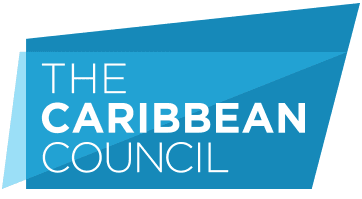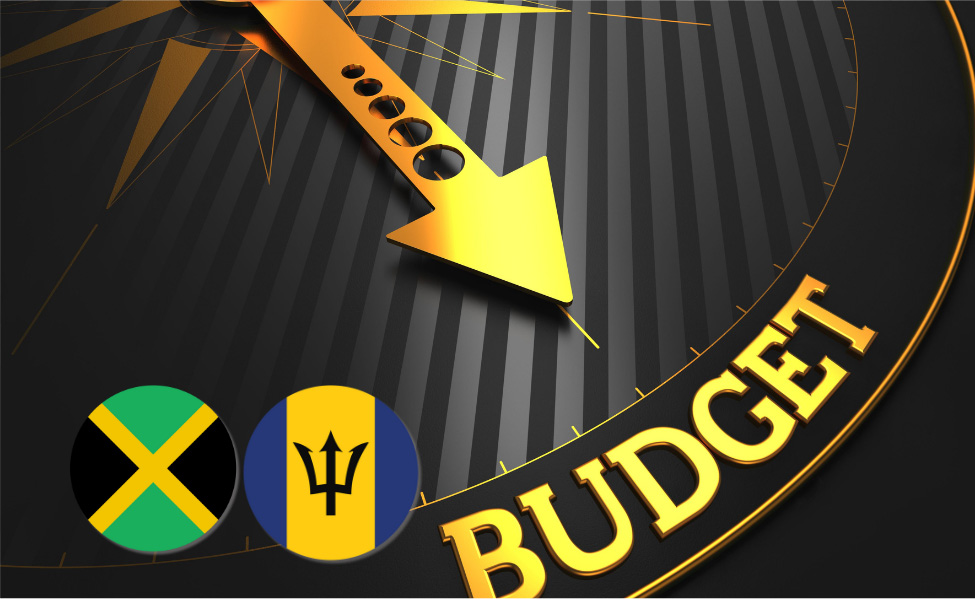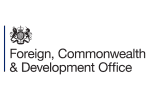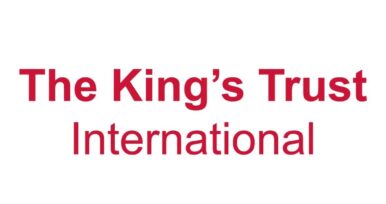21 February 2025
Jamaica and Barbados have taken different fiscal paths for the upcoming financial year, with the former announcing significant spending cuts while the latter plans to embark on its most ambitious expenditure programme yet.
In Jamaica, the government has announced plans to reduce its budget by JM$126bn (US$810mn), bringing total spending for the 2025/26 fiscal year to JM$1.26tn (US$8.1bn).
Newly appointed Finance Minister Fayval Williams presented the budget estimates in Parliament, confirming that Jamaica’s economy has officially entered a recession.
The economy contracted by 3.5% in the July-September quarter and an estimated 0.5% in the October-December quarter, with full-year contraction now projected at 0.7%. This represents a significant reversal from the previous year’s growth projection of 2%, though recovery is expected in 2025.
Williams later refuted media reports about the nature of the spending cuts.
“There are indeed spending cuts that are specifically related to Jamaica’s debt servicing (amortisation and interest payments). As a point of information, these declined significantly for FY 2025/26 versus FY 2024/25 by JM$159.4bn [US$1.01bn],” she asserted.
“This is a good thing for Jamaica’s economic health especially because in the past, our national budget would reflect major payments towards interest payments. This is no longer the case,” continued Williams. The country’s debt-to-GDP ratio is expected to decline to 63.7% by the end of the next fiscal year, a significant improvement from over 150% a decade ago.
Despite the reductions, the government has prioritised funding for infrastructure and elections. Public sector compensation remains the largest expenditure, with JM$496bn (US$3.22bn) allocated for salaries and back pay. The Ministry of Economic Growth and Job Creation will receive JM$14bn (US$90.9mn) for the Montego Bay Perimeter Road and JM$8bn (US$51.9mn) for the Shared Prosperity through Accelerated Improvement to our Road Network (SPARK) Programme.
Health and education also see notable allocations, including JM$10.2bn (US$66mn) for the Ministry of Health and Wellness and JM$4.2bn (US$27.3mn) in additional funds for the Ministry of Education, Skills, Youth, and Information.
Meanwhile, in Barbados, the Mia Mottley Administration is set to embark on its most expansive spending plan in history, with projected expenditures exceeding US$2.5bn. Despite revenue projections of US$1.95bn, the country faces a revenue shortfall of approximately US$500mn, raising concerns about future borrowing.
Opposition Leader Ralph Thorne has sharply criticised the government’s fiscal approach, calling it “a cycle of reckless borrowing and high taxes.” He further argued that “the result of this debt repayment obligation will be fewer tax dollars available for vital public services such as healthcare, road repair, water distribution, and general social development.”
Barbados’ debt payments, including principal and interest, will rise to US$880mn from the previous year’s US$795mn. “There is a conspicuous lack of creativity in government’s policy, and it is clear that the economy has not been performing in the robust manner as government’s spokespersons have been suggesting,” asserted Thorne, noting that the government had successfully written off billions in debt in 2018 and 2019.
The budget includes allocations of US$60mn for the Queen Elizabeth Hospital and US$59mn for the University of the West Indies, with additional funds directed towards the Social Empowerment Agency, road rehabilitation, and the construction of female dormitories at the Regional Police Training Centre.
However, University of the West Indies economist, Antonio Alleyne questioned the government’s revenue projections, noting that Barbados has historically failed to meet its revenue targets. “The government has never collected 100% of its budgeted revenue, and I don’t foresee it doing that either,” he cautioned.
The contrasting budgetary approaches reflect differing economic priorities. Jamaica’s government appears focused on fiscal restraint, aiming to reduce debt while sustaining critical investments in infrastructure, education, and healthcare.
“By reducing our debt burden, we are strengthening Jamaica’s economic stability, improving our ability to respond to global financial changes and external shocks,” said Finance Minister Williams in a passionate defence of the government’s strategy.
On the other hand, Barbados is increasing its spending despite concerns about its ability to generate sufficient revenue. While the government projects growth, economic experts remain cautious about whether this spending trajectory is sustainable in the long term.
The budget estimates of both countries are to be followed by budget debates in the coming weeks where governments will further elaborate on spending for 2025/2026. With both countries facing economic challenges and growing global geopolitical uncertainty, their budgetary decisions will play a crucial role in shaping their respective fiscal futures.






